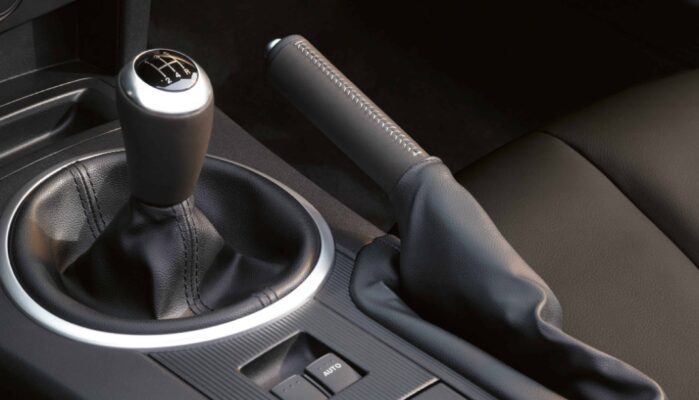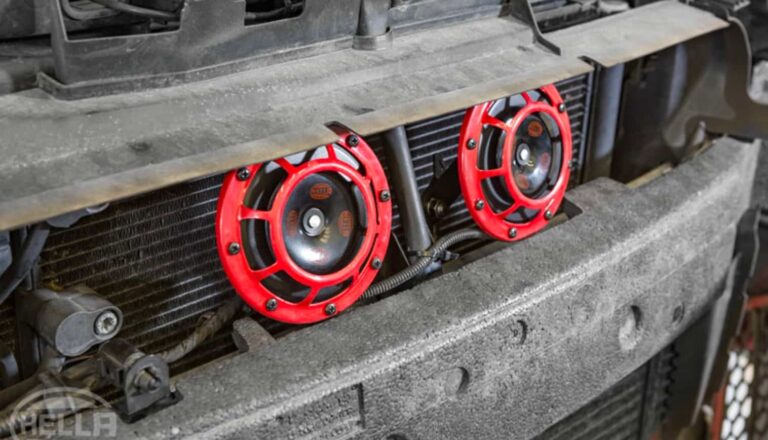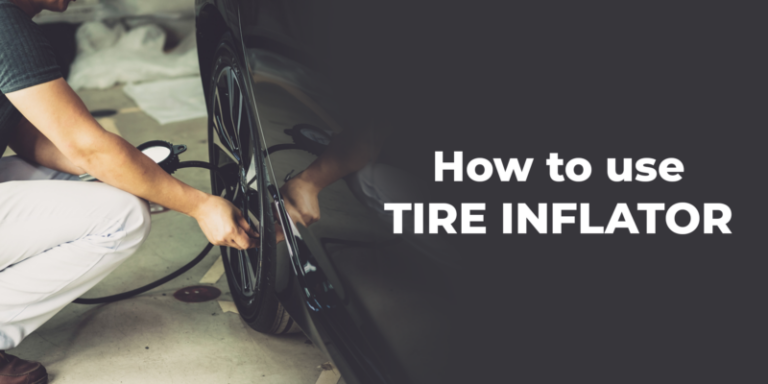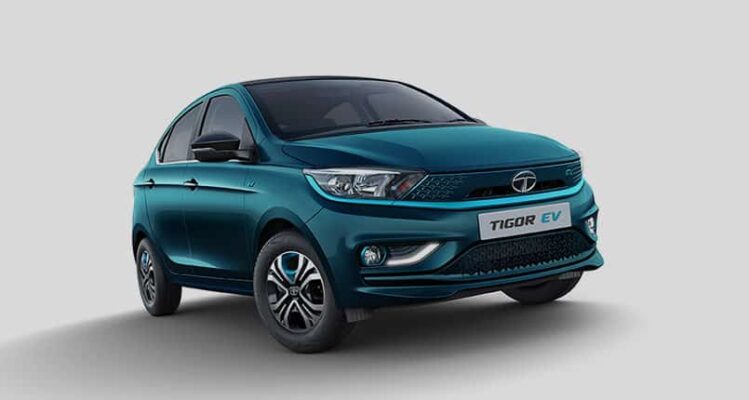
A handbrake is also known as a parking brake. It comes in a lever form near the left hand in Indian cars or any car which has right steering. It is a hand-operated brake which needs to be engaged when you are leaving the car in a parking lot. Let us discuss the other purposes it serves.
To apply the handbrake, one needs to press the button at the end of the lever and raise the lever. As it is raised, resistance will be felt because the brakes are being applied. When you feel enough pressure being exerted then release the button then leave the lever. It is fully implemented now.
To disengage the handbrake, slightly raise the lever and press the button and then lower the lever.
Some drivers have a bad habit of not pressing the button while raising the handbrake lever. This won’t seem problematic at first as the brake just works fine even if you don’t press the button, but over time, the teeth of the hand brake will wear out and it will not work properly.
The handbrake can be adjusted as per needed to suit how much it needs to be raised to engage it completely. We will learn about these in the following sections along with its working.
Other uses
A handbrake serves other purposes too than just securing your vehicle in the parking lot.
For example, when climbing uphill, you can take help of the handbrake so that your both feet are on the clutch and accelerator and this will eliminate the risk of the car rolling backwards.
Handbrakes can also be used when stopping in a traffic light or pedestrian crossing. It will keep the car in a secure position in case of contact with another car from behind. Otherwise, it may jolt your car and move forward and hit another vehicle.
However, handbrakes should not be used while a vehicle is in motion. You should only apply the handbrake slowly in case the hydraulic brake fails. Sudden applying of handbrake in a moving car will lock up the rear wheels and the car will skid. This is known as handbrake turn and is often used in street racing or performing drift.
Types of hand brakes
Center or Stick lever
This name is derived from the placement of the handbrake. In this type, the handbrake is situated between the driver seat and front passenger seat. This is the most common type of handbrake placement in a car as it is convenient to reach there. It is operated with a button while raising and lowering the lever. In older vehicles, the lever may be in stick form under the instrument cluster.
Pedal or Pull handle
In some vehicles, the handbrake may be activated by a foot pedal. By pressing the pedal, the handbrake gets engaged and by pressing it again, it can be disengaged. Similarly, a handle may also be present where the handbrake can be activated or deactivated by pulling the handle.
Electronic
It is an advanced development first seen in a bmw in 2001. Here, the parking brake can be activated by just a push of a button and can be deactivated by the same.
In larger vehicles
In large vehicles, hand brakes come in hydraulic format to make engaging and disengaging the brake easier.
These work in the same way as conventional hand brakes, but through hydraulic means. When the lever is pulled, a valve is opened and air goes to a cylinder which in turn forces the brakes. This makes applying the brake easier. In the same way, during disengaging too, this mechanism helps.
Power operated hand brakes are fitted in heavy commercial vehicles like trucks or buses as these vehicles need powerful parking brakes which do not fail. When the brake is applied in these vehicles, the brake is held by air pressure and also springs apply pressure to the brake pads. This makes the setup firm which doesn’t fail.
Working mechanism of the handbrake
The handbrake of a car is connected by a cable. When we raise the lever, the cable wires gets pressure. These wires are connected directly to the drum brakes of the rear wheels. And so, when we raise the lever, the cable applies the drum brakes in the rear wheels.
Some tips for using the handbrake
- If you raise the lever too much then it may be stuck and you may not be able to release the button anymore. A simple way to get around it is raising the lever a bit more and then pressing the button. It will work.
- When the brake sign is showing the instrument cluster, it means the handbrake has been engaged. You don’t need to raise the lever anymore. If you unnecessarily pull the lever further then the cable may get excessive pressure and get damaged.
- Make you sure that your hand brake is properly disengaged before driving the car. If you keep the brake slightly engaged then also the car may move but it will affect the engine performance and also the brakes. Also, the mileage will be affected.
These were some tips and tricks regarding the handbrake which will help you to make better uses of this brake. Also, some points discussed here will make sure that you don’t damage the handbrake and it remains in proper working condition. Keep exploring our blogs for more content which can save you some bucks.








